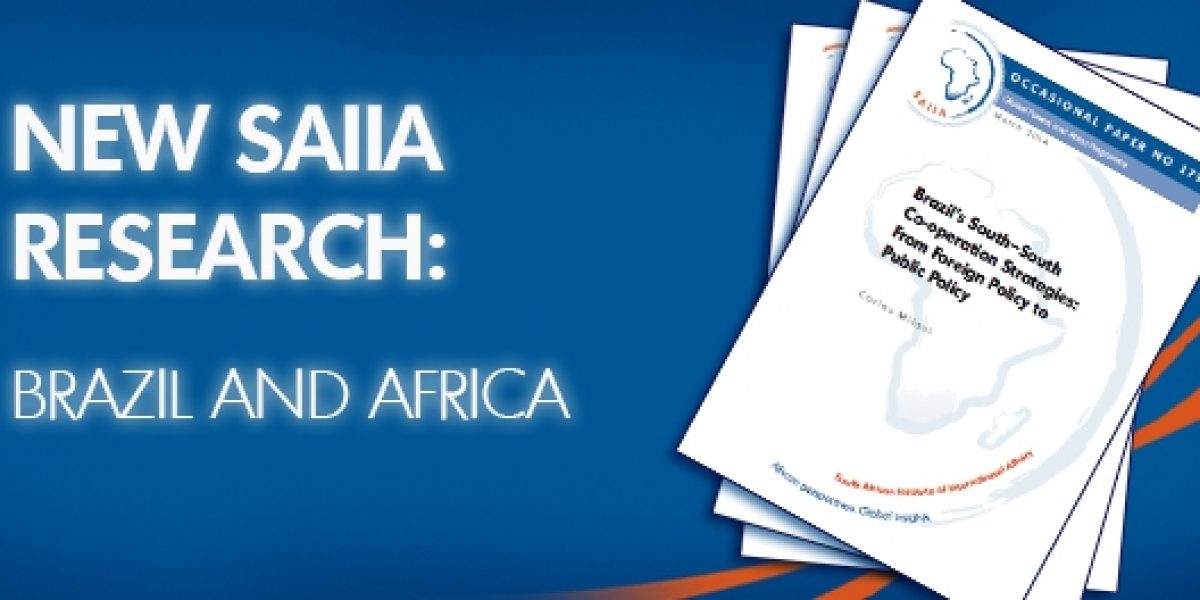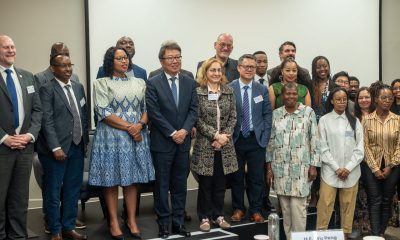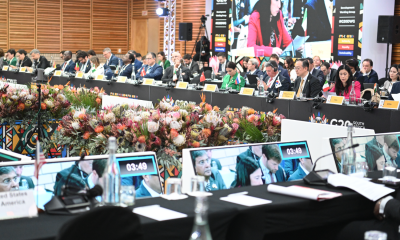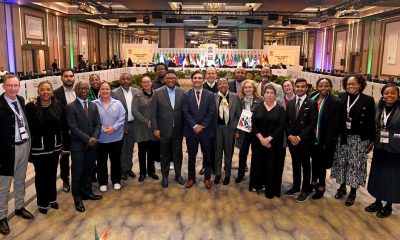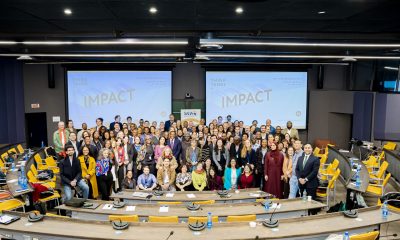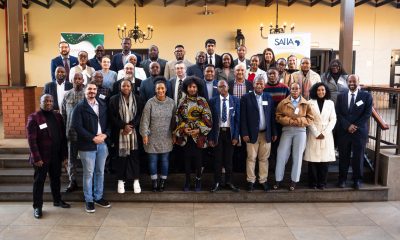The bright future envisioned for many decades by Brazilian politicians seems to have finally arrived. The macroeconomic reforms introduced by President Fernando Henrique Cardoso in the late 1990s and followed by his successor, Lula da Silva, landed Brazil in the list of top ten world economies in 2005. Today, Brazil is the sixth largest world economy and in the process, Lula’s social policies have lifted 30 million Brazilians out of poverty, imprinting a rare inclusiveness pattern upon the Brazilian model of economic success.
As a consequence, Brasilia’s political clout in international fora as increased significantly, and so has the scope of its international agenda and ambitions. In the process its foreign policy is undergoing seismic shifts.
Brazil has eagerly embraced platforms such as the India-Brazil-South Africa (IBSA) Forum and the BRICS grouping and become a champion of South-South cooperation. In this new framework, the South Atlantic as a potential source of resources and a unique communication bridge, and the African continent as its closest neighbour in the global South, are assuming increasing relevance within Brazil’s foreign policy.
This raises a number of challenges for Africa. How can the complexities of Brazil’s foreign policy be understood, so as to engage with the country effectively? What does this renewed interest means for the continent? How can potential benefits and synergies be maximised?
Three recent SAIIA publications on Brazil shed light over some of the issues mentioned above, in an attempt to help filling the gap in the English-language literature available on the African continent.
Featured publications:
Brazil’s Maritime Strategy in the South Atlantic: The Nexus Between Security and Resources, SAIIA Occasional Paper, by Adriana Erthal Abdenur and Danilo Marcondesde Souza Neto
Brazil’s South–South Co-operation Strategies: From Foreign Policy to Public Policy, SAIIA Occasional Paper by Carlos Milani

